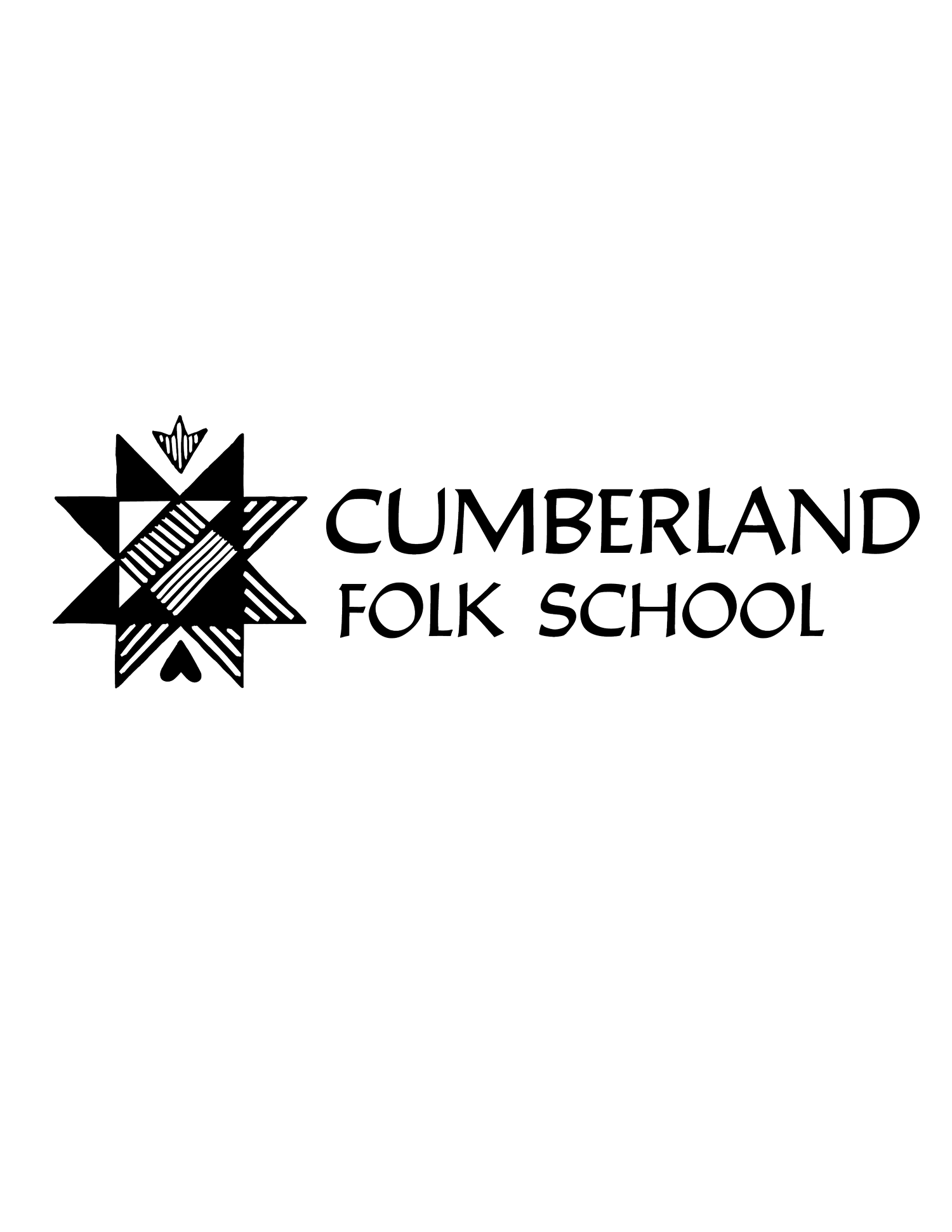Folk School on the Farm
Many of you know that Cumberland Folk School is located on Sequatchie Cove Farm. If you have taken a class with us then you also know that the folk school would not be what it is if it weren’t on the farm. I have sometimes wondered, what if we had a studio space in a town or nearby city, would we have have bigger classes? Would we be more accessible? The answer doesn’t matter. That’s because the Cumberland Folk School would not exist as it does today if it were in some other location. You know this if you have spent a day with us learning a new skill, but also soaking up the gorgeous mountain scenery, feeling the sun shine in through the floor to ceiling windows in the Studio (fittingly build by-hand by the eldest family member living on the farm), wandering through the farm fields, eating an incredible nutritious lunch made from food grown right on the farm, and going home at the end of the day with an assortment of groceries produced by Sequatchie Cove. The atmosphere of our classes is everything, and the farm is the atmosphere.
The Studio- Our workspace at Sequatchie Cove Farm
In the beginning we were lucky to have a ready-to-go space to try out this endeavor and a steadfast following of Sequatchie Cove Farm as a way to reach potential students. Ashley, co-owner of the folk school, is also an owner of Sequatchie Cove Farm. And it’s where she lives and raises her family. So it makes sense that the folk school is where it is. But it’s more meaningful than that.
Traditional crafts and skills were born on the land— on farms, in the forest. The one thing that all traditional crafts and skills have in common is that the materials being processed, by-hand, into something useful— a household tool, a medicine, food to put up— come from the natural world. Whether grown as a crop, like dye plants or broom corn, or wildcrafted from the forest, like white oak basket material or wood for a spoon, the use of natural materials is what first defines traditional craft-making. Then, cultures around the world develop their own aesthetic and turn something utilitarian, often, into something equally beautiful and representative of a people. For a traditional craft to survive the ages, even when its knowledge has been successfully past down, it also needs its material to survive modernity. And that’s where places like Sequatchie Cove Farm come in.
Sequatchie Cove Farm’s mission is to farm and mange their land in a responsible way, eventually leaving the land healthier, cleaner, and more beautiful. They model a better way of using land that has give and take, in antithesis to modern agriculture’s depletion model. This is why we’ve been so pleased to collaborate with them to grow materials for some of our classes and to use their forest to mindfully wildcraft materials. We’ve foraged wild mushrooms and medical herbs for our Edible Mushroom Foraging Class with Midway Mushrooms and Herbal Medicine Classes with High Garden Tea. We are looking forward to an upcoming White Oak Processing and Basketry Class with Cedar Creek Farm. We’ve processed a whole hog from the farm in our Butchery class with Parker Hudson. We’ve made brooms from Heirloom Hungarian Black Broom Corn grown on the farm, sourced from Seed Savers Exchange. And, we’ve been offering seasonal Fresh Indigo Classes where students harvest the Indigo fresh from the field and process it to dye materials a beautiful range of blues. Where else for our classes could we showcase so clearly the essential nature of traditional crafts than on a farm and beautifully preserved tract of land such as Sequatchie Cove Farm. It’s hard to think of a better place.









